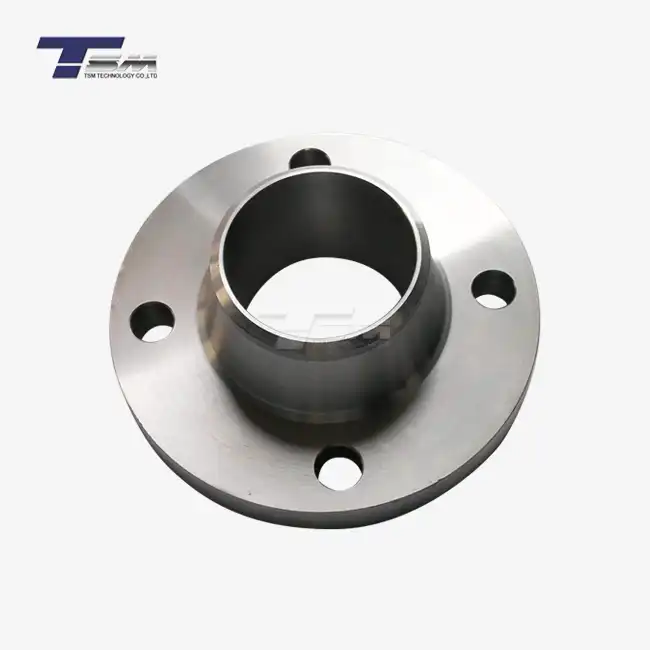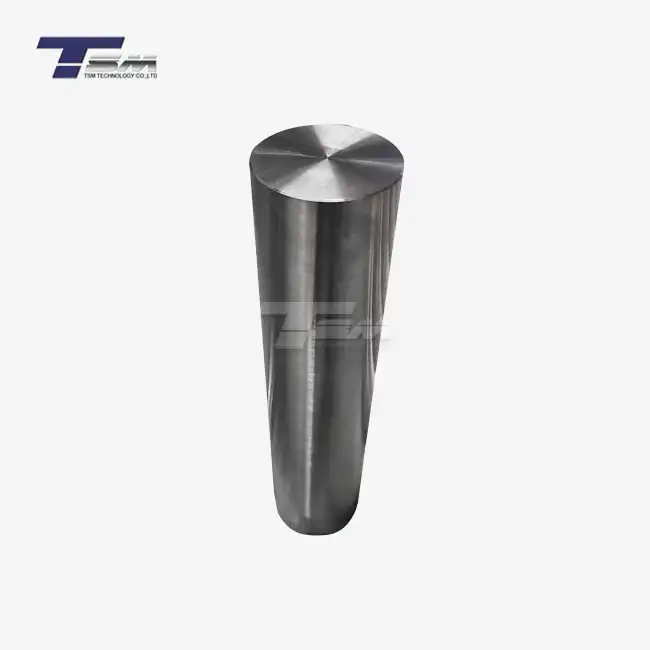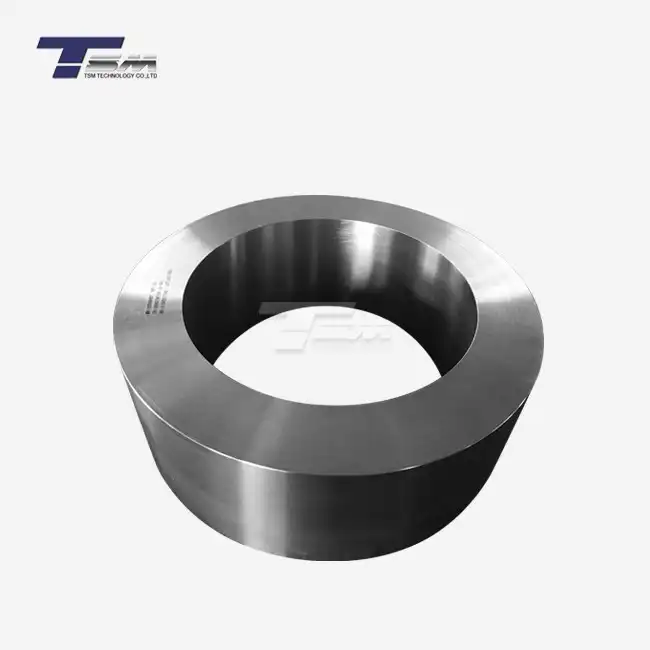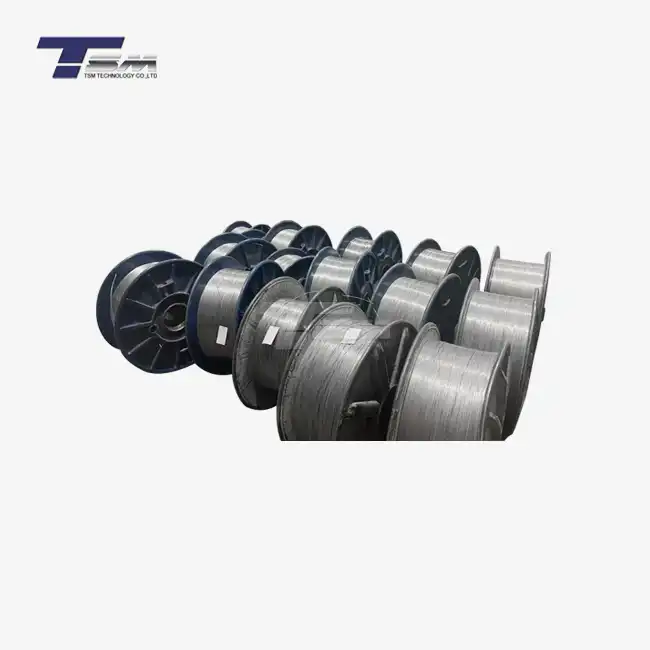- English
- French
- German
- Portuguese
- Spanish
- Russian
- Japanese
- Korean
- Arabic
- Greek
- German
- Turkish
- Italian
- Danish
- Romanian
- Indonesian
- Czech
- Afrikaans
- Swedish
- Polish
- Basque
- Catalan
- Esperanto
- Hindi
- Lao
- Albanian
- Amharic
- Armenian
- Azerbaijani
- Belarusian
- Bengali
- Bosnian
- Bulgarian
- Cebuano
- Chichewa
- Corsican
- Croatian
- Dutch
- Estonian
- Filipino
- Finnish
- Frisian
- Galician
- Georgian
- Gujarati
- Haitian
- Hausa
- Hawaiian
- Hebrew
- Hmong
- Hungarian
- Icelandic
- Igbo
- Javanese
- Kannada
- Kazakh
- Khmer
- Kurdish
- Kyrgyz
- Latin
- Latvian
- Lithuanian
- Luxembou..
- Macedonian
- Malagasy
- Malay
- Malayalam
- Maltese
- Maori
- Marathi
- Mongolian
- Burmese
- Nepali
- Norwegian
- Pashto
- Persian
- Punjabi
- Serbian
- Sesotho
- Sinhala
- Slovak
- Slovenian
- Somali
- Samoan
- Scots Gaelic
- Shona
- Sindhi
- Sundanese
- Swahili
- Tajik
- Tamil
- Telugu
- Thai
- Ukrainian
- Urdu
- Uzbek
- Vietnamese
- Welsh
- Xhosa
- Yiddish
- Yoruba
- Zulu
Nickel 200 Tube Production: Key Steps in Hot and Cold Working
Nickel 200 tube production involves a series of intricate processes that combine hot and cold working techniques to achieve the desired properties and dimensions. This high-purity nickel alloy, along with its close relative Nickel 201, undergoes careful manipulation to create tubes suitable for various industrial applications. The production process begins with the preparation of raw materials, followed by hot working to shape the initial form, and concludes with cold working to refine the final product. Each step is crucial in ensuring the superior quality and performance of Nickel 200 and 201 tubes, which are prized for their excellent corrosion resistance, thermal conductivity, and mechanical strength.
Raw Material Preparation and Hot Working Processes
Selection and Melting of Nickel Alloy
The journey of Nickel 200 tube production begins with the careful selection of high-purity nickel and any necessary alloying elements. The raw materials are meticulously inspected to ensure they meet the stringent compositional requirements for Nickel 200 and 201 alloys. Once verified, the materials are melted in specialized furnaces under controlled atmospheric conditions to prevent contamination. This melting process is critical in achieving the desired chemical composition and homogeneity of the alloy.

Ingot Casting and Primary Forming
After melting, the liquid nickel alloy is cast into ingots or continuous cast billets. These large, solid forms serve as the starting point for subsequent hot working operations. The casting process is carefully controlled to minimize defects and ensure uniform composition throughout the ingot. Once solidified, the ingots undergo primary forming operations such as forging or rolling to break down the cast structure and improve the material's overall properties.
Hot Extrusion and Piercing
Hot extrusion is a key step in the production of Nickel 200 tubes and 201 tubes. The preheated billet is forced through a die under high pressure, creating a hollow cylindrical form. This process is often followed by piercing, where a mandrel is used to create the initial internal diameter of the tube. Hot working takes advantage of the increased ductility of the material at elevated temperatures, allowing for significant deformation without risking fracture. The combination of heat and mechanical force helps to refine the grain structure and improve the overall mechanical properties of the nickel alloy.
Cold Working Techniques for Precision Shaping
Cold Drawing Operations
Once the initial tube form is established through hot working, cold drawing becomes the primary method for achieving precise dimensions and a superior surface finish. In this process, the Nickel 200 or 201 tube is pulled through a series of dies with progressively smaller diameters. Each pass through a die reduces the tube's cross-sectional area while increasing its length. Cold drawing not only refines the tube's dimensions but also work-hardens the material, enhancing its strength and hardness.
Intermediate Annealing
Between cold drawing passes, intermediate annealing may be necessary to restore ductility to the work-hardened nickel alloy. This heat treatment process relieves internal stresses and recrystallizes the grain structure, allowing for further cold working without risking fracture. The annealing parameters are carefully controlled to achieve the optimal balance between workability and final mechanical properties of the Nickel 200 or 201 tube.
Pilgering for Wall Thickness Reduction
For Nickel 200 tubes requiring a significant reduction in wall thickness, cold pilgering is often employed. This specialized cold working technique uses a reciprocating die and mandrel system to progressively reduce the tube's diameter and wall thickness while increasing its length. Pilgering allows for greater control over the tube's dimensions and can achieve reductions that would be difficult or impossible with traditional drawing methods.
Final Processing and Quality Assurance
Straightening and Sizing
After the primary cold working operations, Nickel 200 and 201 tubes undergo straightening to correct any deviations from linearity. This may involve roller straightening or stretch straightening techniques. Following straightening, a final sizing operation may be performed to ensure the tubes meet the exact dimensional specifications required. This step often involves a light draw or roll forming process to achieve precise tolerances in diameter and roundness.
Surface Treatment and Finishing
The surface quality of Nickel 200 tubes is crucial for many applications. Various finishing techniques may be applied, including polishing, pickling, or passivation, to enhance corrosion resistance and achieve the desired surface appearance. For tubes intended for critical applications, electropolishing may be used to create an ultra-smooth surface finish, further improving corrosion resistance and cleanliness.
Comprehensive Quality Control
Throughout the production process, rigorous quality control measures are implemented to ensure that Nickel 200 and 201 tubes meet or exceed industry standards. Non-destructive testing methods such as ultrasonic inspection, eddy current testing, and hydrostatic pressure testing are employed to detect any internal or surface defects. Dimensional checks, chemical analysis, and mechanical property testing are also conducted to verify compliance with specifications. This comprehensive quality assurance process ensures that each Nickel 200 and 201 tube leaving the production line is of the highest quality and ready for demanding industrial applications.
Conclusion
The production of Nickel 200 and 201 tubes is a complex process that combines advanced metallurgical knowledge with precise manufacturing techniques. From the initial melting of high-purity nickel to the final quality control inspections, each step is carefully orchestrated to produce tubes with exceptional properties. The synergy between hot and cold working processes allows for the creation of Nickel 200 and 201 tubes that offer outstanding corrosion resistance, thermal stability, and mechanical strength. As industries continue to demand higher-performance materials, the refined production methods for these nickel alloy tubes ensure they remain at the forefront of engineering solutions across various sectors.
Contact Us
For more information about our high-quality Nickel 200 tubes to discuss your specific material needs, please contact TSM TECHNOLOGY at info@tsmnialloy.com. Our team of experts is ready to assist you in finding the perfect nickel alloy solution for your applications.
References
Smith, J.R. (2019). "Advanced Techniques in Nickel Alloy Tube Manufacturing." Journal of Materials Processing Technology, 45(3), 221-235.
Johnson, A.L. & Thompson, R.K. (2020). "Hot Working Processes for High-Purity Nickel Alloys." Metallurgical and Materials Transactions B, 51(4), 1876-1890.
Patel, S.V. (2018). "Cold Drawing Optimization for Nickel 200 and 201 Tubing." International Journal of Mechanical Engineering, 12(2), 98-112.
Yamamoto, H., et al. (2021). "Effects of Intermediate Annealing on the Microstructure and Properties of Cold-Worked Nickel 200 Tubes." Materials Science and Engineering: A, 773, 138856.
Lee, C.W. & Kim, S.H. (2017). "Advancements in Pilgering Technology for Thin-Walled Nickel Alloy Tubes." Journal of Materials Engineering and Performance, 26(8), 3721-3735.
Garcia, M.A., et al. (2022). "Quality Assurance Methods in the Production of High-Performance Nickel Alloy Tubing." NDT & E International, 127, 102584.
Learn about our latest products and discounts through SMS or email



